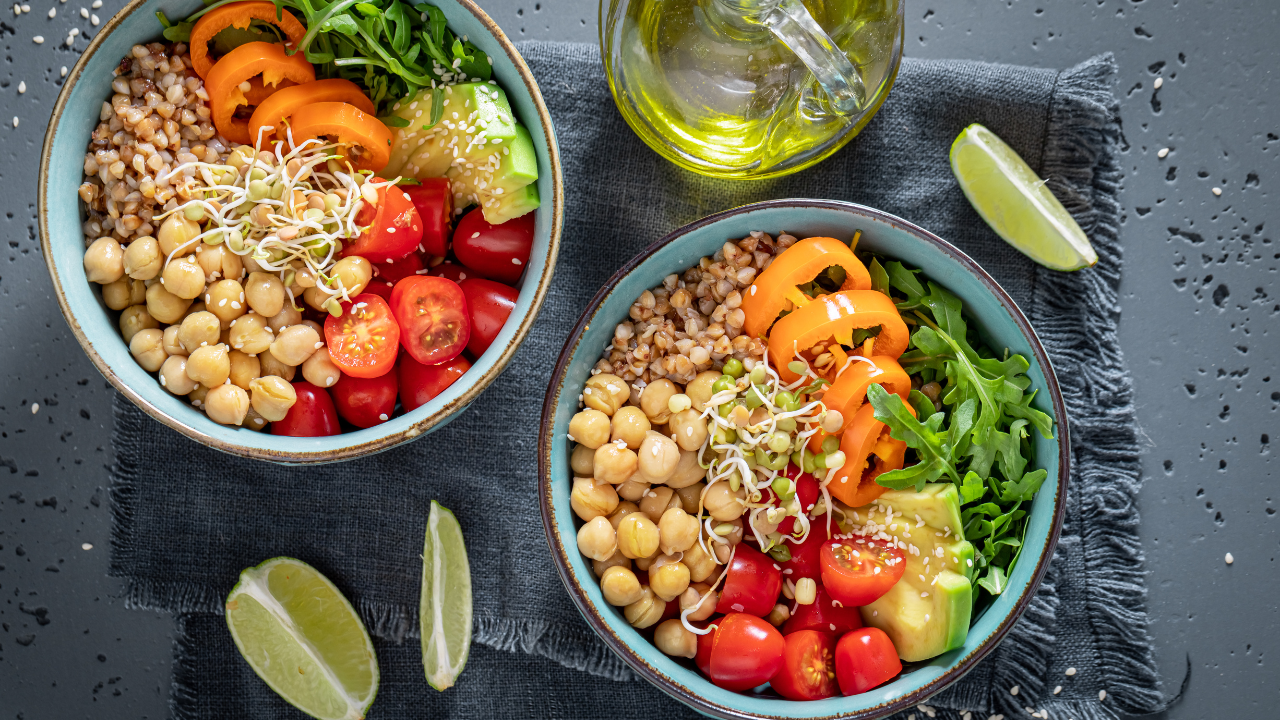There is No Such Thing as Empty Calories
Have you ever been told that you should avoid certain foods because they contain “empty calories”? This is a term created by diet culture as a way to demonize certain foods and put others on a pedestal.
Diet culture has a way of making us think of food in a binary - “good vs. bad”, “clean vs. dirty”, “healthy vs unhealthy”, “allowed vs. forbidden”. But using this language when talking and thinking about food is not helpful, nor is it even accurate.
“Empty calories” is an oxymoron
There is not an official definition of “empty calories”, but some define them as calories that come from foods or drinks that are calorie-dense but lack nutrients. However, calories cannot exist in food without nutrients.
All foods that contain calories also contain macronutrients - carbohydrates, proteins, and/or fats. For reference, carbohydrates and protein provide four calories per gram and fats provide nine calories per gram.
In other words, every single food that you eat that has calories will also have at least one macronutrient (and possibly a variety of micronutrients, which include vitamins and minerals).
Macronutrients are named as such because we need them in much larger amounts than we do micronutrients when compared gram to gram. This does not mean that one is more important to the other. It all just boils down to the specifics of what our human bodies need to survive and thrive.
Foods such as potato chips, cookies, and soda often receive the “empty calories” label, as they tend to be calorically dense without a variety of nutrients. Many foods deemed as “empty calories” contain mainly carbohydrates. But remember, carbohydrates are a nutrient. In fact, carbs are the nutrient that our bodies need the most of.
Does this mean that all of your carbs should come in the form of soda and Oreos? Of course not. That probably wouldn’t feel too good. But saying that some carbs are “healthier” than others does not paint the full picture of what food can offer us.
“So you’re saying that broccoli and cake are equal?”
Every time I discuss the concept of food neutrality and not giving food labels such as “empty” or “bad”, I always receive some variation of this argument. “Some dietitian you must be”, they all say in unison.
But here’s the thing - your food choices do not have to be “either/or”. You can have both the cake and the broccoli.
Anti-diet dietitians such as myself are not claiming that kale and Doritos are the same nutritionally. We are well aware that they have different nutrient profiles. What we are saying is that both can be included in a balanced, healthful diet. And demonizing foods that diet culture tells us to does not usually result in healthier outcomes.
The harm in using the term “empty calories”
As mentioned, the language that you use regarding food matters. When you use labels like “empty calories” or “bad/unhealthy”, you are going to engage with that food differently. You will likely feel guilt and shame when you eat those foods and making them “off limits” will likely only increase your cravings for them.
Dieting and restricting foods is often a one-way ticket to orthorexia and other eating disorders and disordered eating. You might think that cutting out “empty calories” is going to improve your health, but the truth is that it will likely just negatively impact your relationship with food and your body. What starts out as an innocent attempt to eat fewer "empty calories” can quickly spiral into experiencing high levels of stress around food, an inability to eat beyond a narrow group of foods, and spending hours each day obsessing over what you are eating.
When you stop placing rules, restrictions, and binary labels on food, you might find that you can actually decipher your personal food preferences, how different foods make you feel, and what amounts are right for you. This is very difficult to accomplish when you are in the diet mindset and only able to define food by the amount of calories it has or if you are “allowed” to eat it or not.
Furthermore, what even determines a food as “healthy” or “unhealthy”? Labeling foods as such disregards the impact of food restriction, access to food, the importance of diversity in the diet, and the preferences and practices of different cultures. Food is not just a number of calories and your body is not a math equation.
Related post: The Harms of Orthorexia - Can You Be Too Healthy?
Food is more than fuel
Yes, food very much is fuel to your body. You need calories and nutrients for energy and for all of your bodily functions. But you don’t eat food solely for this biological need.
Humans eat food for joy, pleasure, celebration, cultural traditions, and connection. Sometimes we eat food to help us soothe emotions. And when we do eat food for any of these reasons, the food is also providing us nourishment at the same time. Yes, even the foods that diet culture says are “unhealthy”. Remember, “empty calories” literally do not exist.
Alcohol as the exception
One more quick note: some people classify alcohol as the fourth macronutrient, as it does provide seven calories per gram. However, unlike carbs, proteins, and fats, alcohol is not an essential nutrient that our body needs for survival. So I suppose that this would classify alcohol as “empty calories”, as we get calories from alcohol that do not provide us any further nourishment.
Related post: Intuitive Drinking - How Alcohol May Fit Into Your Food Freedom Journey
Bottom line - are empty calories a real thing?
In short, no. Viewing calories as “empty” is an unproductive way to think about food. Any food that provides calories also offers nutrients.
Rather than shaming foods and punishing yourself for eating them, examine how this mindset impacts your eating experience. How would you feel if you removed guilt from the eating experience?
What did you think of this post? Leave a comment below.
Disclaimer: this post is for informational and educational purposes only and is not a substitute for professional medical advice.



































